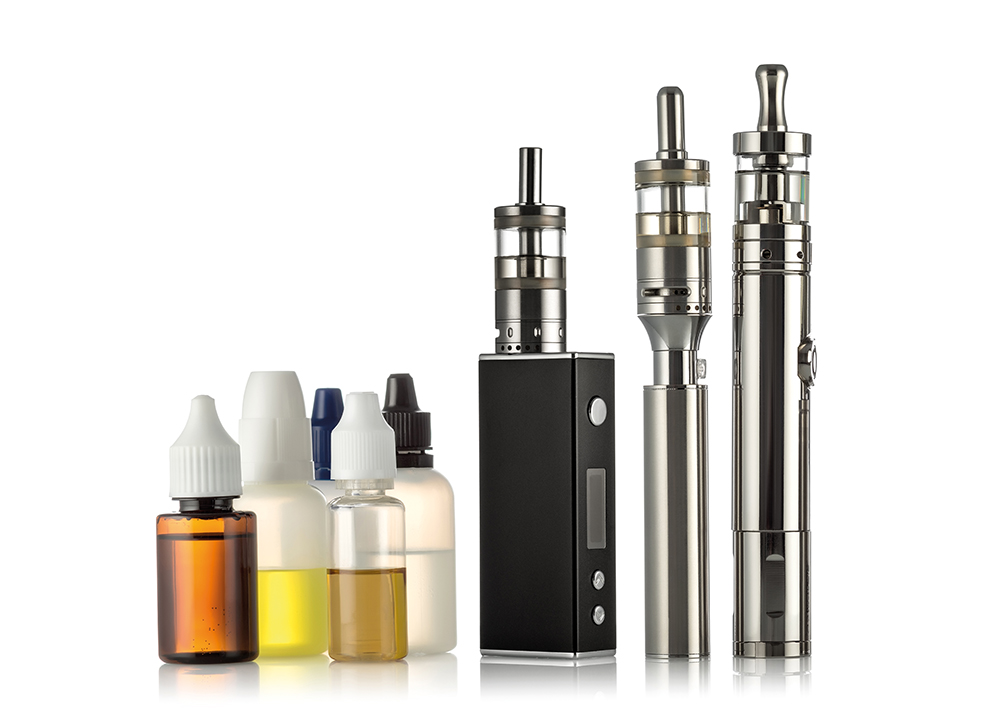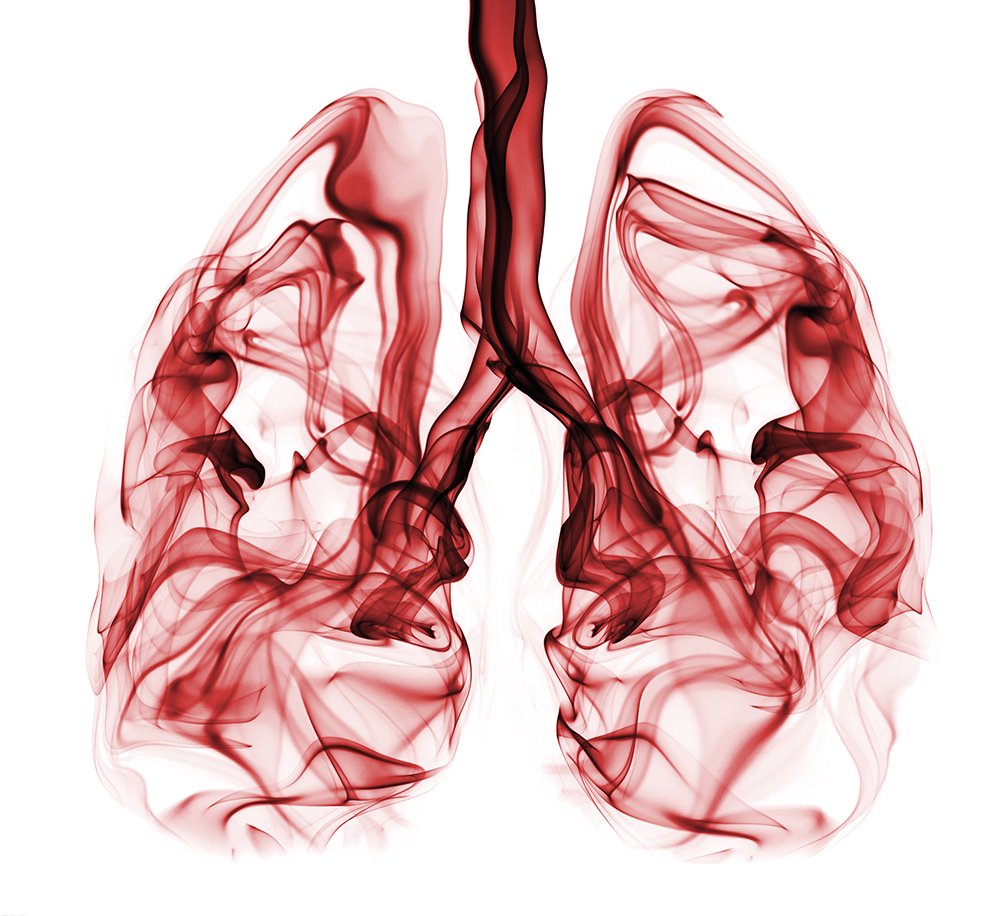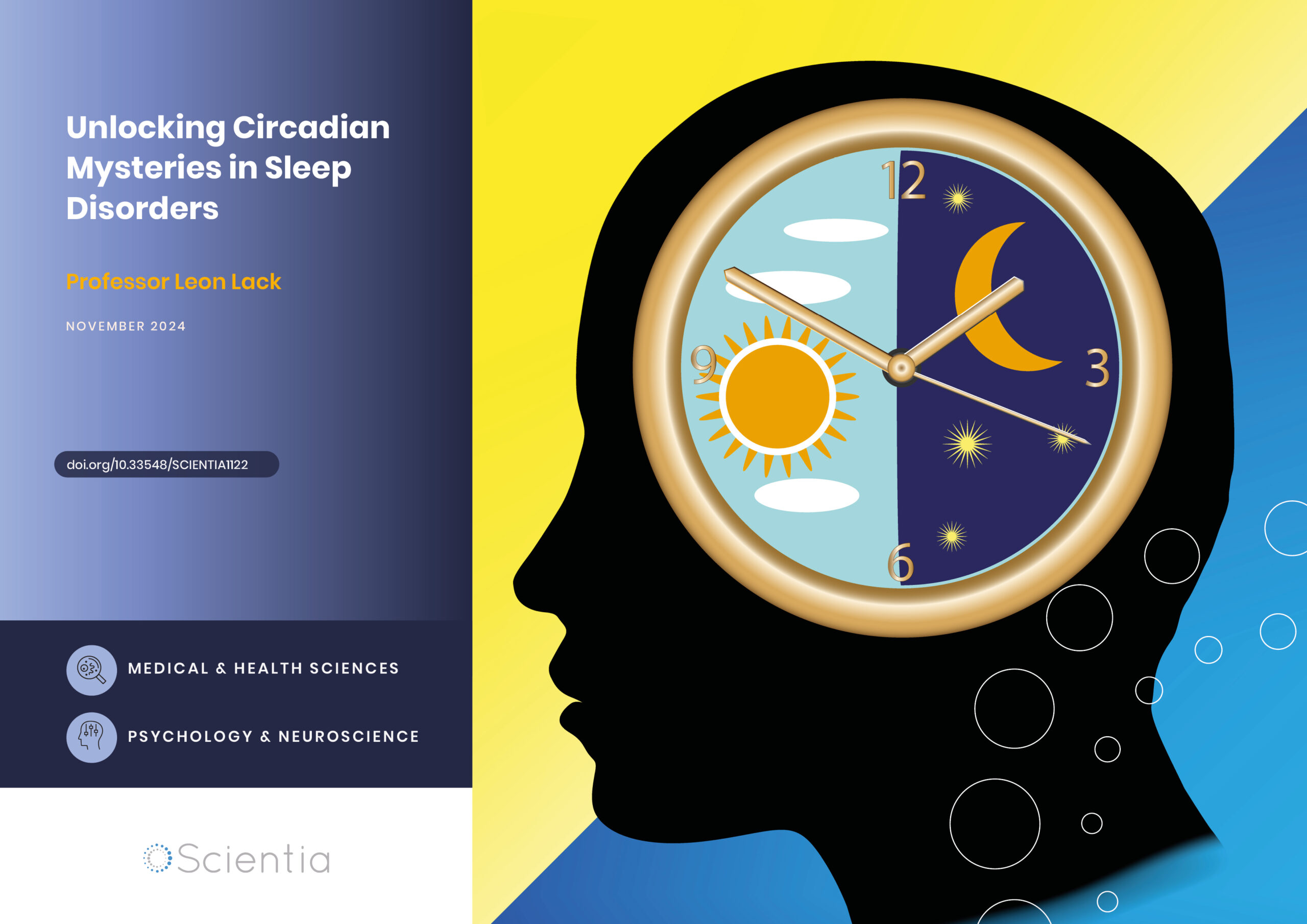Professor Mary Rezk-Hanna – Hookah (i.e., Waterpipe) Smoking: Understanding User Perceptions and Health Risks
Hookah smoking is the least regulated tobacco form. It is rapidly gaining in popularity to the extent that we are now facing a contemporary epidemic of tobacco abuse. Of particular concern is the level of usage among youth and young adults. Professor Mary Rezk-Hanna from the University of California, Los Angeles works with a group of scientists who aim to drive policy regulation of tobacco and alternative tobacco products, including hookah smoking, by investigating their health effects on the cardiovascular system.
History of Hookah Smoking
Hookah smoking, otherwise known as shisha or narghile, are all terms that describe the act of waterpipe smoking; a specific form of tobacco use. The hookah smoking mechanism begins with the passage of charcoal-heated air through perforated aluminium foil and across the tobacco, known as maasel. The smoke generated from this process bubbles through the water in the pipe and is then inhaled by the smoker.
Hookah smoking is a historically Middle Eastern and Indian form of tobacco use, previously regarded as a habit confined predominantly to older males and generally not taken up by many. However, the contemporary trend of this ancient practice is no longer limited to this societal demographic, but rather, has transformed into a public health crisis with particular concern being raised about the usage among both male and female youth and young adults.
The spread first reached the youth in the Middle East, and soon after, youth in North America and Europe. The change in demographic and popularity of hookah smoking observed in the USA in the 1990s has been attributed to; the availability of fruit- and candy-flavoured tobacco, advertising on social media, lack of tobacco and waterpipe design regulation, and unsubstantiated claims regarding its safety. Stylish hookah lounges and cafés have since been on the rise, with reports of increasing numbers, especially around USA college campuses.
Recent surveys report that 1 in 6 adults in the USA use hookahs to smoke tobacco, and young adults are the most regular users. Using USA nationally represented data from the Population Assessment of Tobacco and Health study, Professor Rezk-Hanna and her team recently showed that compared to heterosexual adults, sexual minority adults have higher rates of ever and current hookah use. The study also highlights the rapid uptake of electronic nicotine products (e-products) in addition to hookah use because among sexual minority adult current hookah smokers, hookah plus e-product use increased by 97% from 2013 to 2014 (2014: 3%; 2014: 6%). Hookah smoking is as common as smoking cigarettes which calls for concern considering hookah can be used to smoke other products, historically opium or hashish, and thus hookah serves as a potential gateway to other products.
Professor Mary Rezk-Hanna at the University of California specialises in tobacco research and tobacco-related cardiovascular diseases. Her team focuses on investigating potential problems of emerging tobacco products, especially hookah, and the short- and long- term implications of this on cardiovascular function; a term used to refer to the heart and blood vessels. She aims to uncover why society’s younger population struggle with hookah smoking, and ultimately use her research to improve the regulation of hookah and other nicotine delivery systems by challenging existing claims that it is a safer tobacco option.

Perceptions Around Hookah Smoking
A widespread belief exists that, unlike cigarette smoking, the tobacco from hookah smoking is harmless because it is filtered as it passes through water. This belief has fuelled its marketing as a safer, non-addictive alternative to cigarette smoking. Hookah is the only form of tobacco use that is not regulated in the USA and it is exempt from the clean indoor air legislation; an act prohibiting smoking in public places. Trendy hookah lounges and cafés designed specifically for social smoking, stylised hookah pipes and flavoured tobacco are becoming commonplace; encouraging this unhealthy practice. The younger population is the targeted consumer due to these marketing strategies and loose regulations, and this plays a key role in shaping attitudes towards hookah smoking in this demographic.
In 2014, Professor Rezk-Hanna and her colleagues studied young adult hookah smokers’ perceptions, attitudes, beliefs and preferences toward hookah smoking. They recruited hookah smokers aged between 18 and 30 from hookah lounges in Southern California and asked a sample of them to complete a survey about their perceptions and habits related to hookah.
It was found that almost three-quarters of the participants smoked more than once a week, and around a quarter of them smoked four times or more in a week. The survey indicated that just over half of participants believed that hookah was not harmful to their health, almost half believed that hookah tobacco gets filtered out through water, and around a third believed the fruit flavours have a detoxifying effect.
Professor Rezk-Hanna and her team concluded that hookah smokers shared similar perceptions and beliefs that hookah is less harmful and less addictive than cigarettes, with some believing this to be due to the absence of nicotine; a belief not grounded in evidence. The preference of smoking hookah over cigarettes was largely due to the social aspect (including shape making with smoke), and also the appeal of the fruity and candy flavours; a concept that is banned for cigarettes in certain countries. One long hookah smoking session was favourable to the participants compared to multiple single cigarettes per day, resulting in exposure to higher volumes of tobacco smoke.
The lack of knowledge regarding hookah’s harmful effects on health, alongside the continual glamourisation of the hookah smoking experience, is a growing concern for Professor Rezk-Hanna and her team. They believe raising public awareness on hookah smoking through community and public educational programmes, as well as enforcing stringent rules around its use is required.
‘We believe that this line of inquiry will lead to a better understanding of the human health effects of new and emerging tobacco products, and in doing so, help build a scientific basis to inform tobacco product regulation.’

Health Risks Associated with Hookah Smoking
Unlike cigarette tobacco, hookah tobacco does not remain lit independently; charcoal must be placed on top of the tobacco to maintain its continual burn throughout a smoking session. The charcoal briquettes used to heat the tobacco do not achieve temperatures as high as combustible cigarette smoking, therefore, hookah smoke contains higher levels of incomplete combusted products than combustible cigarette smoke, including higher carbon monoxide (CO) levels.
Professor Rezk-Hanna and her team of collaborators have evaluated the cardiovascular effects of hookah smoking in their research over the past several years. Using myocardial contrast echocardiography – a perfusion imaging tool that utilises tiny gas-filled microbubbles (~1-8 μm in diameter) that are destroyed with high intensity ultrasound to assess coronary blood flow by subsequently measuring the rate of microbubble replenishment – they found that among young healthy hookah smokers, similar to cigarette smoking, short-term hookah smoking causes an acute increase in coronary blood flow, presumably a physiological response of nicotine or other constituents found in hookah smoke.
In recently published research in 2019, Professor Rezk-Hanna and her team attempted to dissect out this centuries-old yet understudied complex tobacco product down into its key components. First, they studied the combined effect of hookah-flavoured tobacco heated traditionally with charcoal briquettes on endothelial function. This refers to disturbance in the lining of the arteries which can impair their functioning and is one of the earliest signs of developing cardiovascular disease. Then, they removed the effect of charcoal combustion by repeating their measures when the same hookah flavoured tobacco was heated electrically by e-charcoal and compared that to cigarette tobacco. Finally, they isolated a key charcoal combustion product that distinguishes hookah from cigarettes by comparing responses of smoking charcoal-heated hookah to those seen when the same hookah smokers inhaled a 0.1% CO gas mixture to match their CO levels achieved with hookah smoking.
Similar to cigarette smokers, hookah smokers had high concentrations of nicotine in their blood, which contributes to the constriction of blood vessels and limiting blood flow through them. However, expired levels of CO increased 9- to 10-fold in hookah smokers who smoked charcoal-heated hookah compared to those who smoked electrically-heated hookah or cigarettes, indicating that traditional hookah smokers had greater levels of CO in the body. Furthermore, while charcoal-heated hookah smoking increased endothelial function, smoking electrically-heated hookah tobacco or cigarette tobacco similarly decreased endothelial function. The production of high levels of CO from charcoal briquettes, which is known to dilate blood vessels, appears to mask the negative effects of charcoal-heated hookah tobacco smoke to impair vascular function.
Taken together, Professor Rezk-Hanna and her team provide evidence that hookah tobacco smoking, similar to cigarette tobacco smoking, appears to harm the ability of blood vessels to function, and the presence of incomplete combusted products such as CO are additional constituents that have further health implications, counter to social media claims that it is a harmless cigarette alternative.

The E-Hookah Device Gaining Popularity
Electronic nicotine delivery systems (ENDS) are rechargeable battery-operated devices that consist of a power source and a heating element. They are used to mimic conventional tobacco products but do not require combustion. Whilst e-cigarettes are the most widely used ENDS, e-hookah pens and bowls are gaining popularity, especially among younger members of society.
E-hookah vaping devices were introduced in 2014 – recently patented by the American tobacco manufacturing company Philip Morris – and marketed as a healthier, and possibly more convenient, alternative to traditional charcoal-heated hookah smoking. Little is known about the health risks associated with the different types of e-hookah vaping devices, meaning these marketing claims are not evidenced. While e-hookah pens are similar in design to e-cigarettes, e-hookah bowls are combined with and placed on traditional waterpipes, allowing the flavoured aerosol to pass through a water-filled base before being inhaled.
In research published in 2019, utilising the USA nationally representative data, Professor Rezk-Hanna and her team found that e-cigarettes and e-hookahs differed by product characteristics, with e-hookahs more commonly possessing candy flavours, whilst e-cigarettes were tobacco or menthol flavoured. The differing flavours have influenced perceptions of e-hookahs, with young people describing them as ‘cool’ and associating them with being up-to-date with new technology. This has resulted in a distinctly different user profile demographic between e-hookahs and e-cigarettes. Beyond flavour perceptions, there is no known research on the specific toxic constituents in the flavours or associated health risks of e-hookahs. A recent study conducted by the Rezk-Hanna laboratory showed that despite the absence of tobacco combustion and contrary to claims that the presence of water ‘filters out toxins’, flavoured e-hookah vaping acutely impairs the ability of blood vessels to function.
Looking to the Future
Professor Rezk-Hanna, along with other scientists, has helped inform the short-term cardiovascular implications of traditional charcoal-combusted hookah smoking. A large effort in her laboratory is now aimed to investigate the long-term cardiovascular consequences of hookah smoking among flavoured hookah tobacco smokers as compared to conventional cigarettes smokers and healthy non-smokers. Because of the recent remarkable uptake in vaping among youth, Professor Rezk-Hanna has extended her work to examine the health effects of e-hookah bowl vaping and the relative contributions of nicotine versus flavoured electronic aerosol in mediating the vascular effects associated with vaping.
The research of Professor Rezk-Hanna and her team has provided evidence that counters the social media claims that hookah smoking is a safer alternative to cigarette smoking. She is committed to using these findings to drive policy to regulate hookah, and ultimately, slow down this tobacco epidemic primarily affecting youth which has been completely overlooked by the popular press.
Reference
https://doi.org/10.33548/SCIENTIA647
Meet the researcher

Professor Mary Rezk-Hanna
School of Nursing
University of California
Los Angeles, LA
USA
Born and raised in Egypt, Professor Mary Rezk-Hanna obtained her PhD in cardiovascular physiology from the University of California, Los Angeles School of Nursing, where she currently serves as an Assistant Professor. As the director of the Integrative Cardiovascular Physiology Laboratory, her work focuses on investigating the cardiovascular effects and potential harms of conventional, new and emerging tobacco products and the mechanisms by which these products affect cardiovascular function. More specifically, Professor Rezk-Hanna is studying the short- and long-term changes in physiological function associated with tobacco products use, including hookah (i.e., waterpipe) smoking and the integrative (systemic to molecular) biological mechanisms that mediate these physiological changes. A recently added direction of interest involves examining the vascular effects of second-hand exposure to vaping aerosol, an understudied topic that led to constructing a smoking room, housed within the UCLA Center for the Health Sciences building, specifically designed for conducting acute smoking or vaping exposure studies in a controlled laboratory environment without exposing research personnel to smoke or aerosol. Her goal is to use physiologic data to inform science-based public policies for regulating tobacco products and electronic nicotine delivery systems to protect public health. Among a multitude of other awards, in 2020 she was appointed as Fellow of the American Heart Association, in addition to receiving the Marie Cowan Promising Early Career Investigator Award.
CONTACT
T: (+1) 310-206-8654
E: mrezk@ucla.edu
FUNDING
National Institute of Health
Tobacco-Related Disease Research Program
FURTHER READING
M Rezk-Hanna, IW Holloway, J Toyama, et al., Transitions in hookah (Waterpipe) smoking by U.S. sexual minority adults between 2013 and 2015: the population assessment of tobacco and health study wave 1 and wave 2, 2021, In Press.
M Rezk-Hanna, DR Seals, MJ Rossman, et al., Ascorbic Acid Prevents Vascular Endothelial Dysfunction Induced by Electronic Hookah (Waterpipe) Vaping, 2021, 10, e019271.
M Rezk-Hanna, MD Nelson, F Rader, et al., Peripheral Blood Flow Changes to Cutaneous and Muscular Beds in Response to Acute Hookah Smoking, 2020, 125, 1725–1731.
M Rezk-Hanna, J Toyama, E Ikharo, et al., E-Hookah Versus E-Cigarettes: Findings From Wave 2 of the PATH Study (2014-2015), 2019, 57, e163–e173.
M Rezk-Hanna, Z Mosenifar, NL Benowitz, et al., High Carbon Monoxide Levels from Charcoal Combustion Mask Acute Endothelial Dysfunction Induced by Hookah (Waterpipe) Smoking in Young Adults, 2019, 139, 2215–2224.
MD Nelson, M Rezk-Hanna, F Rader, et al., Acute Effect of Hookah Smoking on the Human Coronary Microcirculation, 2016, 117, 1747–1754.

Want to republish our articles?
We encourage all formats of sharing and republishing of our articles. Whether you want to host on your website, publication or blog, we welcome this. Find out more
Creative Commons Licence
(CC BY 4.0)
This work is licensed under a Creative Commons Attribution 4.0 International License. 
What does this mean?
Share: You can copy and redistribute the material in any medium or format
Adapt: You can change, and build upon the material for any purpose, even commercially.
Credit: You must give appropriate credit, provide a link to the license, and indicate if changes were made.
More articles you may like
Professor Aristides Marcano Olaizola | Innovation in the Production of Singlet Oxygen
A novel method for producing singlet oxygen via stimulated Raman scattering (SRS) offers an innovative alternative to traditional photosensitizer-based techniques, promising safer and more efficient applications in disinfection, cancer treatment, and beyond. Professor Aristides Marcano Olaizola at Delaware State University is driving innovation in this critical field.
Dr Marta Berrocal-Lobo | Unlocking the Potential of Essential Oils: Illuminating Epigenetic Effects on Plant Defense Mechanisms
Essential oils (EO) are potent in enhancing plant stress responses and mitigating seed-borne diseases, particularly in high-value crops such as tomatoes. While their direct impacts are recognised, the indirect influences on plant growth, metabolism, and immune responses against phytopathogens remain uncertain. Dr Marta Berrocal-Lobo, an esteemed Associate Professor and researcher at the Polytechnic University of Madrid, in collaboration with the Group of Biopesticides led by Dr Azucena Gonzalez-Coloma, is unravelling the transcriptomic and metabolic responses of tomato seeds treated with an antifungal EO against the pathogen Fusarium oxysporum sp. Their findings pave the way for harnessing EO in sustainable agriculture.
Dr Linda Hammerich | Revolutionising Immune Monitoring with Flow Cytometry
Understanding the individual immune response is key to diagnosing and treating a range of diseases. One way of characterising immune cells is through flow cytometry, where cells are tagged with fluorescent markers known as fluorochromes. Detectors use these markers to understand the different physical and chemical features of the individual cells and the overall immune cell population. Dr Linda Hammerich and a team from Charité-Universitätsmedizin in Germany have optimised this technique to investigate up to 31 different cells or markers from one blood test using currently available technology.
Dr Leon Lack | Unlocking Circadian Mysteries in Sleep Disorders
Sleep disorders can significantly disrupt daily life, but their underlying causes are not always clear. Dr Leon Lack from Flinders University has spent decades studying these disorders and how to treat them. By shedding light on the role of circadian rhythms in delayed sleep-wake phase disorder and non-24-hour sleep-wake rhythm disorder, he hopes to unravel why some people struggle to maintain conventional sleep patterns and could lead to more effective treatments for these challenging conditions.




